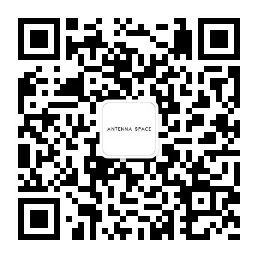March 26 – March 30, 2025
Hong Kong Convention & Exhibition Centre
Booth 1B24
March 26 – March 30, 2025
Hong Kong Convention & Exhibition Centre
Booth 1B24
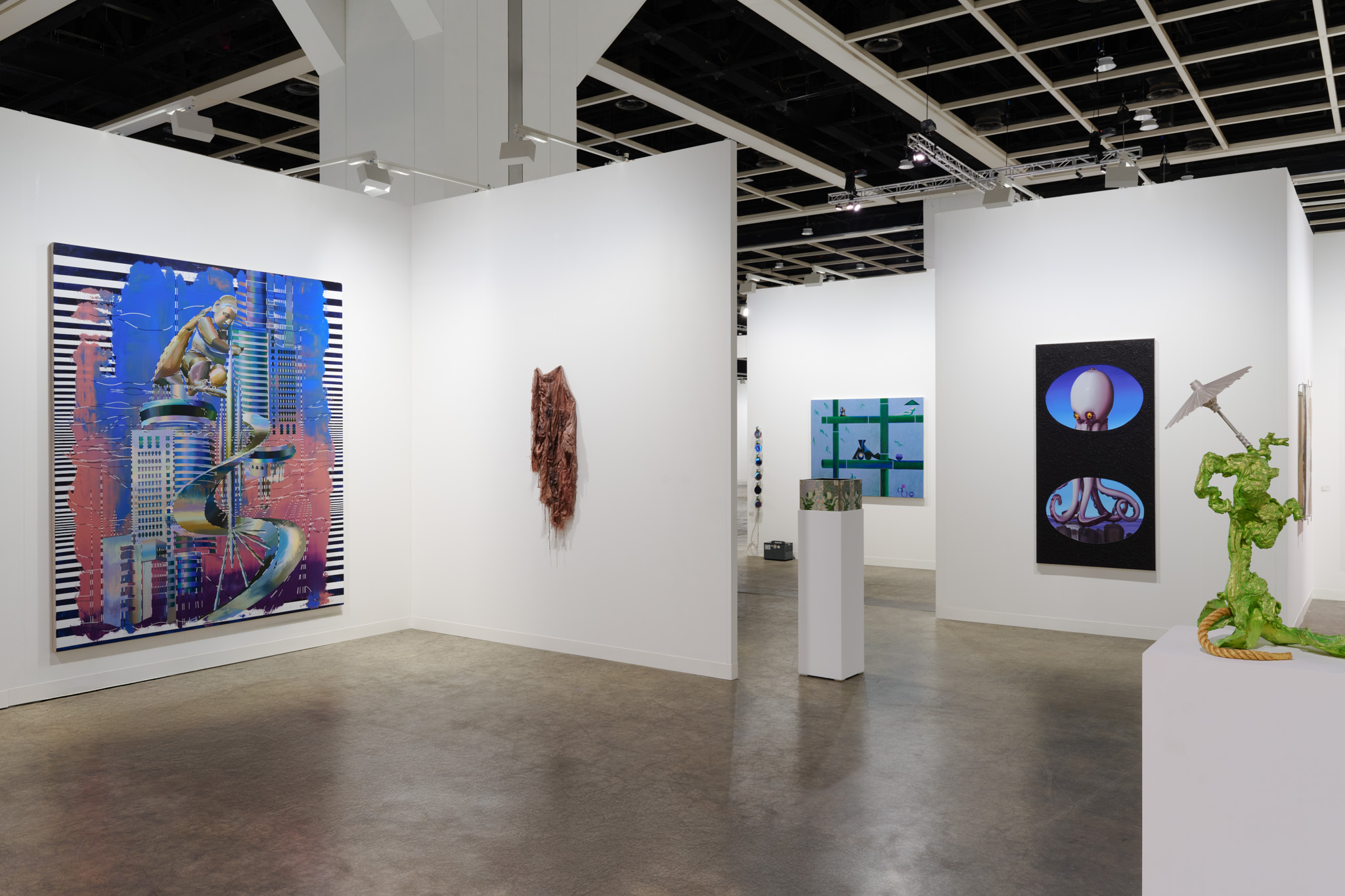
Antenna Space is pleased to announce that we will be bringing artists Xinyi Cheng, Cui Jie, Daniel Dewar & Grégory Gicquel, Guillaume Dénervaud, Owen Fu, Guan Xiao, Han Bing, Hong Yan, Hanna Hur, Allison Katz, Stanislava Kovalčíková, Mire Lee, Li Ming, Shuang Li, Li Yong Xiang, Evelyn Taocheng Wang, Wang Zhiyuan, Yu Honglei, Zhou Siwei to 2025 Art Basel Hong Kong, Booth 1B24.
–
Selected Works
Milk Glass Half Full, one of Alison Katz‘s ongoing series of paintings, follows the theme of animal statues in Murano glass, a glassmaking technique first developed in Venice in the 16th century, with the body of the octopus, made of lattimo glass, hidden by a doorway in the shape of a pendant. The ambiguity of the composition makes one wonder who is “trapped” in it – the viewer or the octopus? The sand, tarry black textures in the image are reminiscent of hardened lava, asphalt, volcanoes or stucco walls, underwater caves or rocky beaches. And at the same time, the glass itself is made from sand melted at high temperatures, a work that combines two extreme forms of the same substance to celebrate the breadth and spectacle of material transformation.
“glass half full” expresses an optimistic and positive attitude. Alilson uses it to counter the looming anxieties of our time regarding the climate and political situation. A partial view of something expands the imagination, while the unknown represents an acceptance of uncertainty. Glass is at the same time a hollow container and an opaque image.
Xinyi‘s delicate layout of color layers and position of the figures gives the image a rich visual relationship, but it also returns to calmness. Mistral Wind Blowing captures two people standing in the wind. The soft color palette wraps around human emotions and encounters, indulging in these daily moments, while the staggering of the line of sight makes the bond between the subjects even more ambiguous – the open and covered skin, the expressionless faces and the busts. Underneath the chaotic curtain of wind, inner currents and surges integrate and shimmer with a sensual force, the echoes of which seem to be constantly stirring.
The artist work presented by Evelyn Taocheng Wang, The Hair Anxiety of Medusa and Artificial Intelligence (2001) and imitation of Agnes Martin, employ a combination of fine line grids and square blocks to generate an emotional resonance of abstraction and a sophisticated minimalist sensibility. In the first work, the artist employs Medusa’s mouth as a medium to express her own anxiety, while in the second, she superimposes the profound discourse of the film Artificial Intelligence (2001) and Agnes Martin’s iconic imagery, thereby evoking the dichotomy between future fantasies and real experiences.

The festive season carries with it an atmosphere of wonder, and in Owen‘s work, it is outlined in a straightforward and powerful way. In Spring Festival, beads of lights are strung with a hidden shimmer, small snakes are entwined in them as if they were weaving a feeling of uncertainty, and the red curtain is lowered, the figures covered in white fabrics turn their backs to the scene, the remnants of the revelry still lingering. The long snake wanders across the skin, its gaze locked on unspoken desires, waiting for the slightest touch that will reveal everything.
The old year recedes, and new wishes are born. In Off-season, Santa Claus falls into a deep sleep and the night is silent. As cherubs float with candles, their faint flames reflecting the scattered Christmas tree decorations. The echoes of the holiday season fade away, the night swallows the noise, and everything waits for the new light to break through.
Guillaume specializes in revealing the vitality and dynamism of matter as it permeates our everyday spaces, combining a surrealistic illustrative element with an abstract pictorial expression. In A small group remained, his work is spread out in the form of dreamlike flowers, fireworks, planets or neural networks, with the slogan “The people are still here”, echoes the ecological interactions of the human world, inviting the viewer to reflect on the connections between the environment and art.
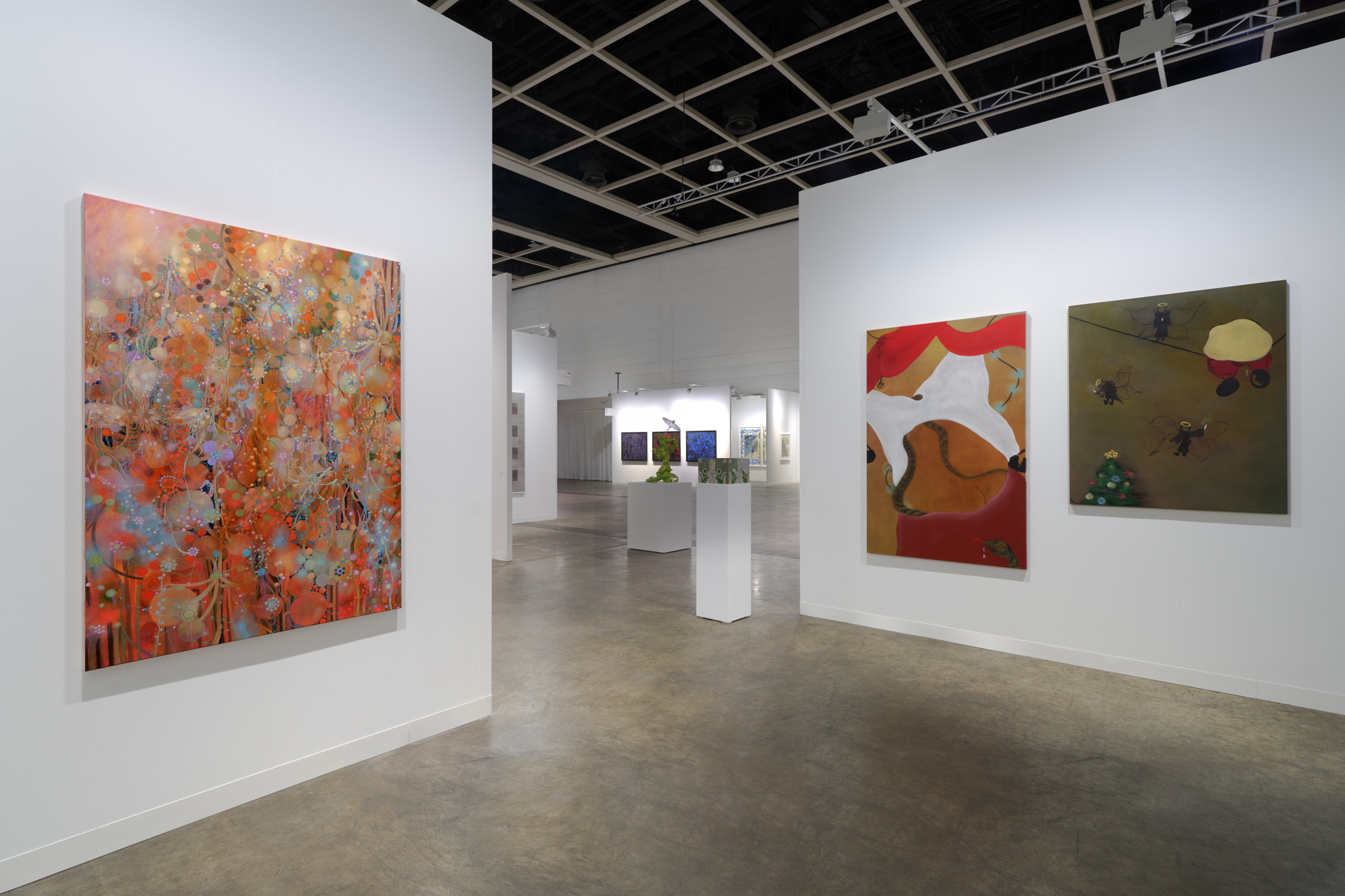
Daniel & Gregory specialize in reflections on the coexistence of species, and this time we present oak reliefs and oak benches that link objects, plants, animals and insects. Oak relief with jersey stitch pullover reveals the relationship between human beings and labor production through the weaving process, and the concept of ‘intertwining’ runs through the artist’s creations; while the larvae on the embroidered oak bench have fledged into insects, moths, or butterflies, which, together with the neatly arranged plant stamens, form a natural and harmonious ecosystem, as if it were a handbook of biotypes with colorful illustrations. The artwork here and the utilitarian object are engaged in an inner dialogue, in which the species represented by the motifs are nested, and in which interdependence and perpetual symbiosis will be the point of convergence and part of the conversation.
Hanna Hur‘s work is imbued with a dialog between geometric structures and personal experience, an emotional or philosophical reflection that continually interrogates the self or other structural issues. Continuing the artist’s penchant for red and black, Sun xi and Moon iv share similar formal elements: grids, schematic backgrounds, and blooming patterns like flowers or roulette wheels that both focus and distract the viewer. The artist applies them repeatedly to the work in different scales, arrangements, and contexts, and through repetition, meaning accumulates and dissolves at the same time. Hanna’s meticulous work is part of a spiritual practice, whether it is a cohesive and guided meditation or a particular form of ritual, the work invites us to gaze and open to the infinite in a patiently constructed, subtly colored background.
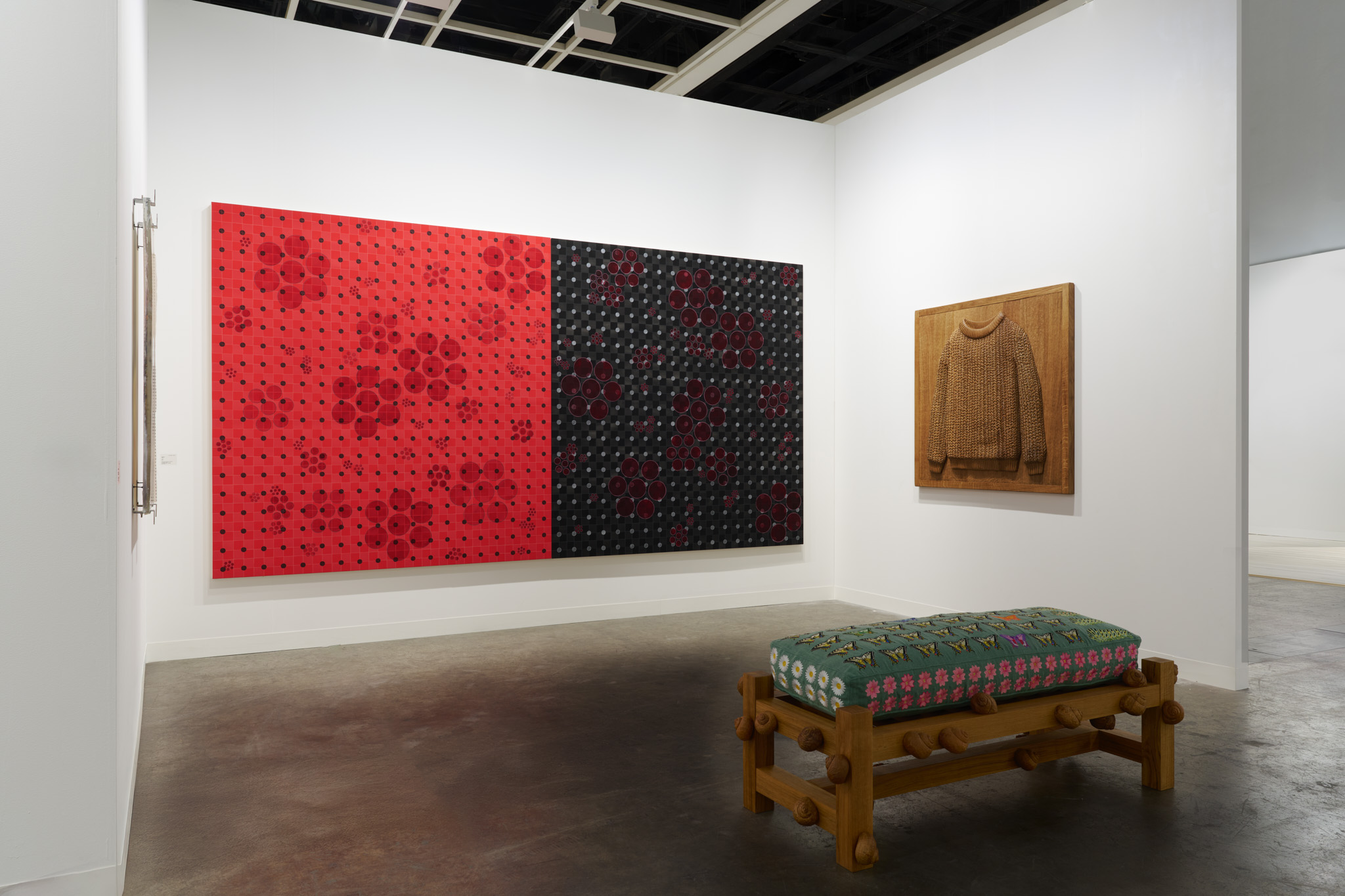
Guan Xiao‘s sculptural creations are often centered on the relevance of the material and its own narrative, as if summoned by a flash of light. In her work Smoky Monk, she chooses a wood pattern that resembles an ancient cloud pattern of smoke rising and swirling, like the water vapor emitted from the city’s heating in the winter, a dense yet light, visible yet invisible state that obscures daily life’s surroundings in the blink of an eye, ever-changing. This scene evokes the artist’s memories of her master’s and monks’ interpretations of Śūnyatā(/ʃuːnjəˈtɑː/), often transalted most often as “emptiness” in Buddhist concept , which she embodies in this sculpture with her imagery of the beauty of Eastern culture, where the life of natural materials is constantly lingering in the narrative history behind the creation, both present and absent, just like the Buddhist philosophy of Śūnyatā (/ʃuːnjəˈtɑː/): everything has no fixed substance and exists in the flow of impermanence.
Porous coitus with the fluid qualities of permeability and fragility, the fabrics hanging from top to bottom are constructed in a sticky, crumbling, and tattered form, which is the heavy burden of Mire ‘s Studio piece for Black Sun: assholes series. As if a skinned man or beast is hanging in a butcher store or slaughterhouse, a sense of “fleshiness” makes the work itself a sculpture of the body, while the holes on the surface serve as metaphors, awakening the symbolism of absence and emptiness. We try to fill these holes, which are close to the abyss of nothingness, without realizing that it is futile, and we are plunged into an unknown alienation and uncontrolled order, which is exactly the sense of revulsion and uneasiness that the artist wishes to provoke, and the pus of the individual and the society needs to be drained by facing a certain kind of extremity or defilement.
The imprints of cultural symbols roam in Zhou Siwei‘s paintings, which themselves constitute an inner system of mutual dialog, and the modernist grid surrounded by bamboo fences is like the transformation of traditional Chinese elements into the abstract space of the masters of Constructivism. The container formed by the grid of lines and the green color of the bamboo in Bamboo Missing You. Female carries the idea of Bamboo Missing You., and it also carries a graceful female figure and futuristic geometric forms, and the panda symbol nestles in Bamboo Missing You. If the scattered bamboo leaves seem to caress the elements outlined by the sharp lines, then the creation of a void in the picture leaves infinite space for reverie for the thoughts, and the translation of the images about the symbols and cultural connotations seems to pretend that the melancholic little panda is telling all these things.
The city is not just a mechanical stack of buildings, but a poetic narrative about time, memory, identity and the future. Cui Jie mixes familiar architectural symbols, smooth metallic textures and linear grid patterns to immerse herself in a surreal future cityscape that is progressively moving towards cavitation. Shanghai Guomai Telecommunication building is a reflection on the development of the urban landscape and an elegy for the architecture itself. A giant doll-like sculpture is perched between skyscrapers, in which the tower is twisted and extended, and the rotating ramp rushes straight upward, seeming to be the Tower of Babel, which is filled with symbols and symbols, and the ambiguous blue and pink color reveals a calm and detached atmosphere, as if it were located at the top of the skyline. Our spiritual worlds are connected to each other through each other’s connection points.
Yu Honglei‘s work Dusk – locked cheetah pattern demonstrates his unique painting language, combining geometric Bauhaus style, rough lines and simple colors. The suspension and fragmented shapes in the image resemble superimposed layers in 2D digital drawing, giving the impression of floating objects left over after time has washed away, like dust in the air, creating a sense of the passage of time. The graphic inspiration for the work (1997), directed by Gus Van Sant. The use of the squeegee combines the free brush strokes of Chinese freehand painting with the colors and textures of Pierre Bonnard, creating a visual effect like that of a peeling mural. This technique not only broadens the expressive power of the abstract language, but also imbues the image with spirituality. The use of the red vertical stripes area is like a conversation with the minimalist paintings. The vine pattern, as a typical Viennese art, is the sensual and soft side, which forms a skillful balance and complement with the rationality of the Bauhaus style.
Wang Zhiyuan continues to pay attention to the development of science and technology, and often interprets his thoughts and experimental attempts on chemical materials, artificial intelligence, and advanced manufacturing technology in his paintings, hoping to find out something about a society in the midst of rapid scientific development. In Photolithography #2, the thin brushstrokes and strips of waves shape the trajectory of light, as if the visual effect of pattern making is presented on the canvas. The artist treats the abstract image as an open carrier, like the surface of a silicone chip filled with blurred and indistinguishable translucent colors, or the uncapturable process of photolithography, which is a combination of the real and the virtual, and a juxtaposition of the past and the present.
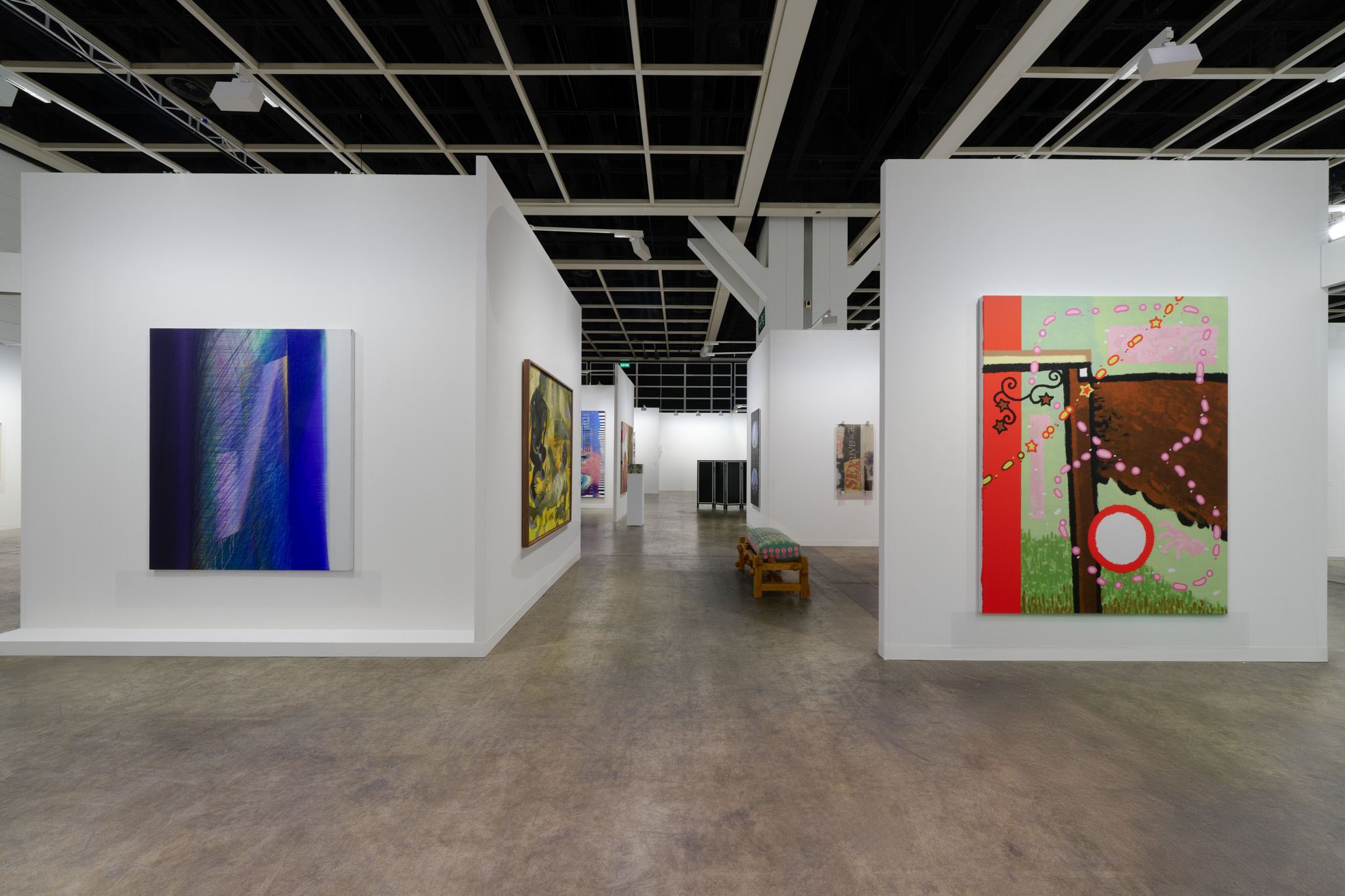
Shuang Li‘s resin series simulates a new type of language organization, in which anonymous readymade objects are encased in polymer materials, collaging a private narrative of memory and emotion. The resin, which softens easily with heat, suggests the precariousness of words and the endangered bonds of communication between people, where scattered messages are in desperate need of a strong connection. In the work Violent Sex Revenge, a seemingly everyday scene is deprived of sight by a striking slogan, and a silent, yet more audible, cry is raised.
Neglected or leftover scenes often become the inspiration for Han Bing‘s creations, and she constantly dismantles and depicts these things to counter the overwhelming flood of information in real life. Situational lie seems to be contextualized urban surroundings, the fish scale-like elements are like the city’s impermeable skyscrapers and tightly arranged windows. Between the broken parts, the artist walks in the corners of the city, carefully observing and pondering the situations that passed her by at a certain point in time.
A key stylistic element in Stanislava Kovachkova‘s paintings is a deliberate detachment from the familiar, creating fantastical and whimsical scenes filled with allegorical characters that are outside of societal norms, thus challenging preconceived notions of gender, skin color, identity, social conventions, and power relations. Intimate strangers continues the decorative “grotesque” style of the artist’s work, mapping the hedonistic sexuality of this generation in her tragicomic depictions.
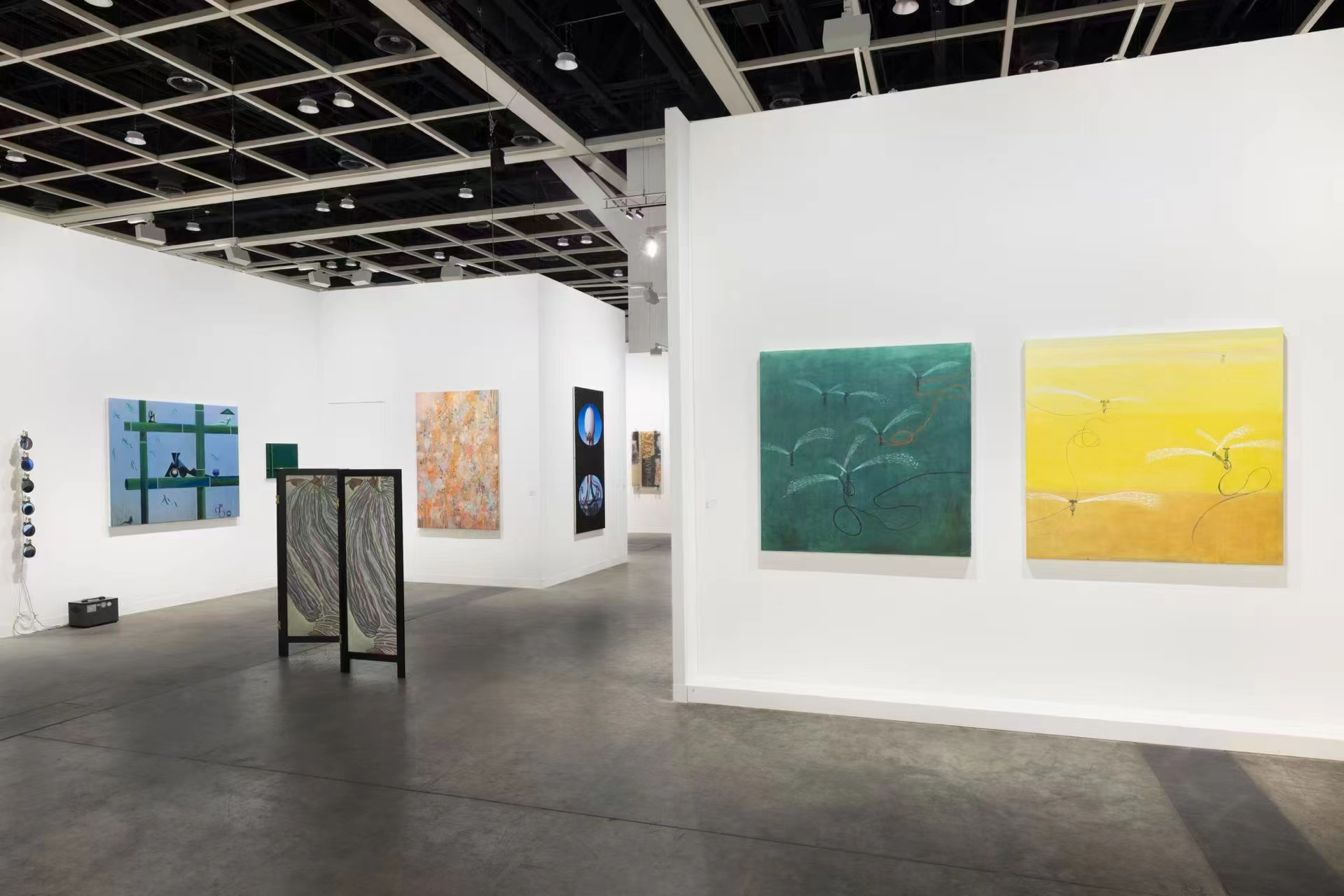
Hong Yan‘s works show a profound reflection full of vitality, nurtured by the organic and fluidity of the land, sprinklers and lines. Spraying 1 and spraying 2 are several groups of sprinkler installations that are sprinkling water, scattered in a vast background, water drops seem to have a rhythmic arc in the air, silent, ethereal and simple, outlined with lines, narrated by water, the world around us is injected into the picture, the lines of those water pipes are so thin, the sense of random flow and the warmth of yellow and greenish tone is like a fairy tale concerto, and the coolness, vitality and serenity unfold in Hong Yan’s painting language.
Li Yong Xiang‘s quadruple screen painting installation continues his practice of intermingling multiple media forms and cultural identities. The carefully constructed surface of the painting is in dialogue with its sculptural support, distilling the investigation of the economics of art, and the history of inter-oceanic borrowing and misinterpretation of aesthetic styles, into a structural form. In the image, a line of donors make gestures akin to giving, and the meticulous occlusion between their fingers and the border draws our attention from the explicit meaning of the gesture to the puzzle about the frame. The artist intentionally deviates from the tradition of the master’s paintings, turning instead to a return to the sublime myths of accepted art history, giving figurative life to characters hovering between subject and object through a juggling language.
The button itself functions to join two pieces of fabric, to close or open clothing. It has the function of holding an object in place, but it is also imagery with open possibilities. The button as an image can also be used as a carrier of memory – a peg held down on a original intent of this work, and in Li Ming‘s 2020 work inspired by Transliteration – Chapter Four: Fèng, six different temporal and spatial “5:45 p.m.’s” are sewn together. “As a polyphonic word, “féng” is a means of stitching together specific and coincidental memories, while “fèng” is the combination of personal and technological memories, environmental dynamics, and the explosion of information. The word “fèng” is a means of stitching together specific and coincidental memories, the environmental situation, the exploding flow of information, and the receiving individual, each of which connects to a single moment in the film, revealing the sharp sting of the proposition of the “seam” through straightforward behavioral performances.
–
Pictures and texts courtesy of the artists and Antenna Space.
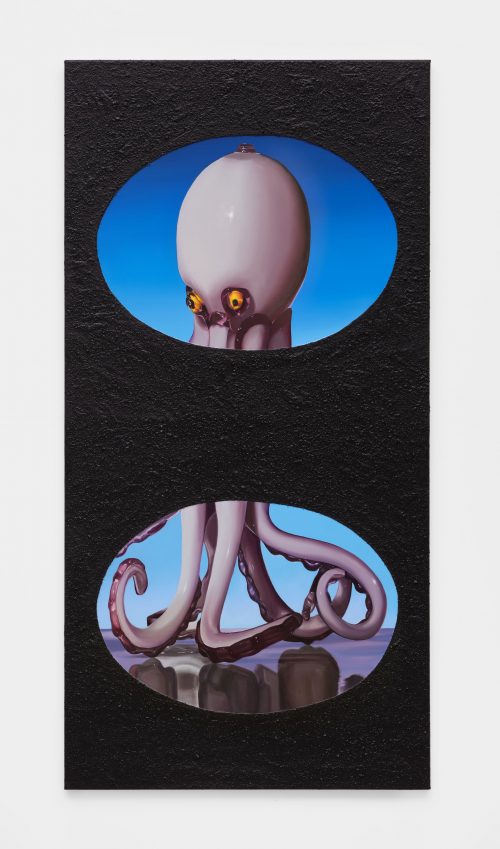
Oil and sand on linen
180 x 90 x 2.7 cm
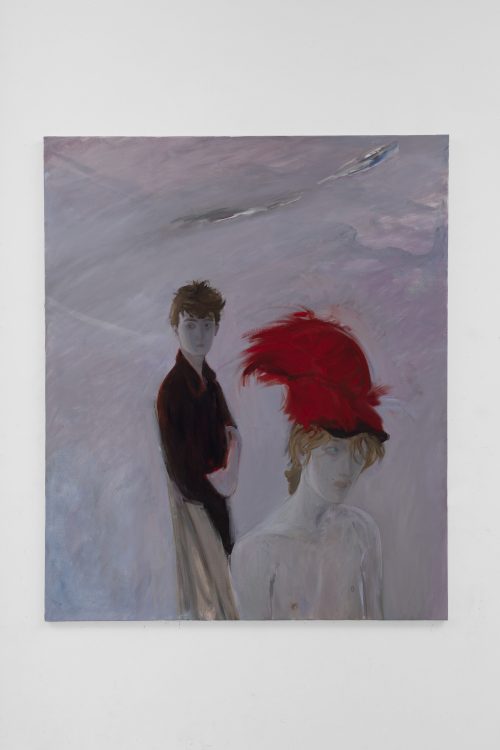
Oil on linen
120 x 100 cm
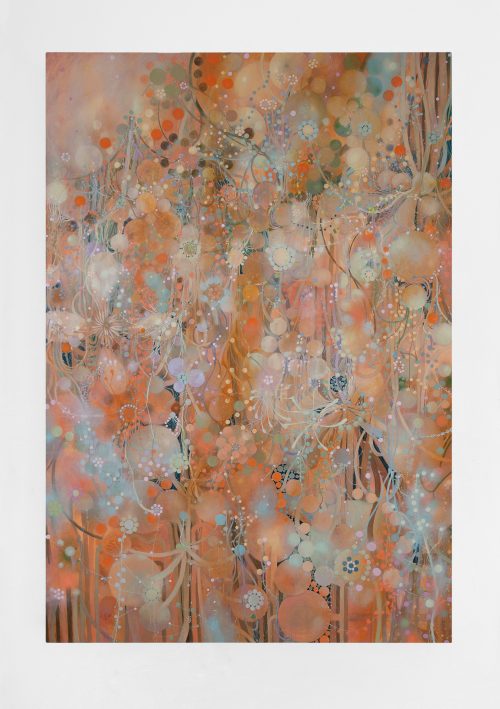
Tempera and oil on linen
110 × 160 cm

pigmented silicone on fabric
120 cm x 40.5 cm x 12 cm

pigmented silicone on fabric
186 cm x 60 cm x 20 cm

Acrylic on canvas
250 x 210 cm
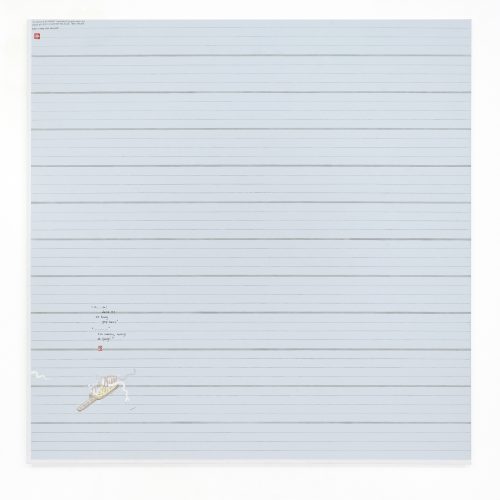
Pencil, calligraphy ink, gesso and acrylic on linen canvas
185 x 185 cm
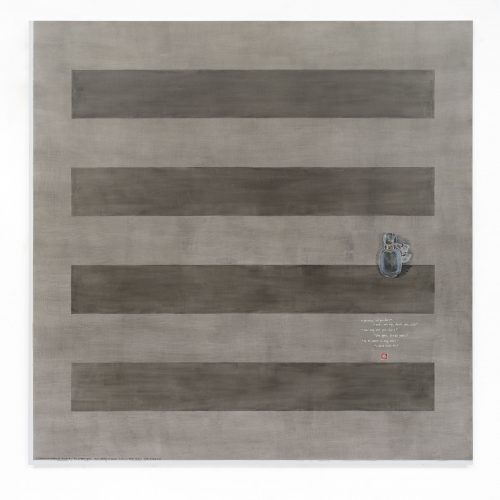
Acrylic, pencil, pencil fixers, gesso on linen canvas
185 x 185 cm
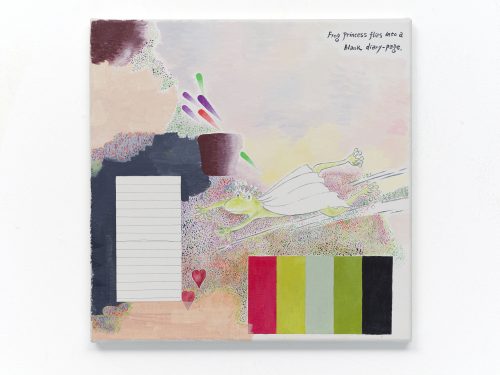
Oil, Pencil, watercolour and gesso on linen
40 x 40 cm
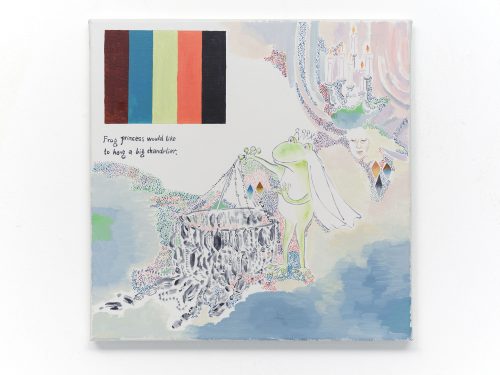
Oil, Pencil, watercolour and gesso on linen
40 x 40 cm
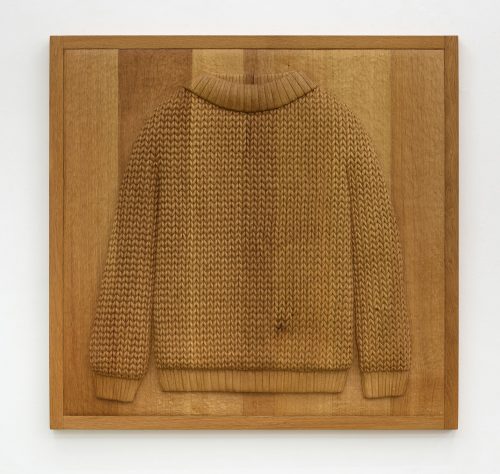
Oak wood
115 × 120 × 9 cm
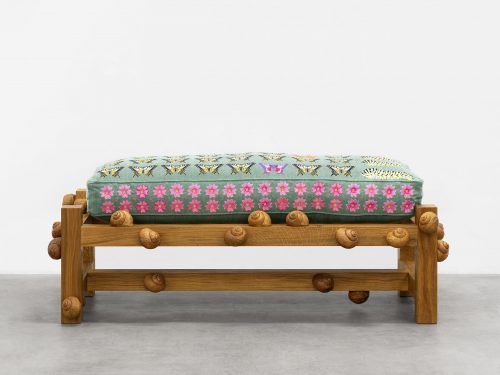
Embroidery on cushion, oak wood
60 x 146 x 66 cm
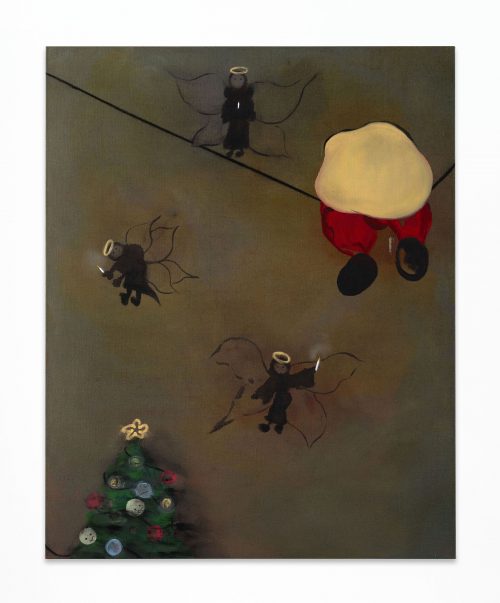
Oil on linen
127 x 102 cm
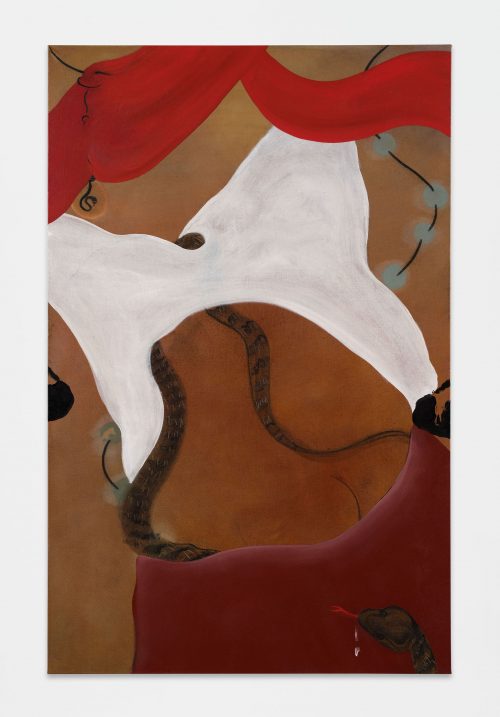
Oil on linen
172 x 110 cm
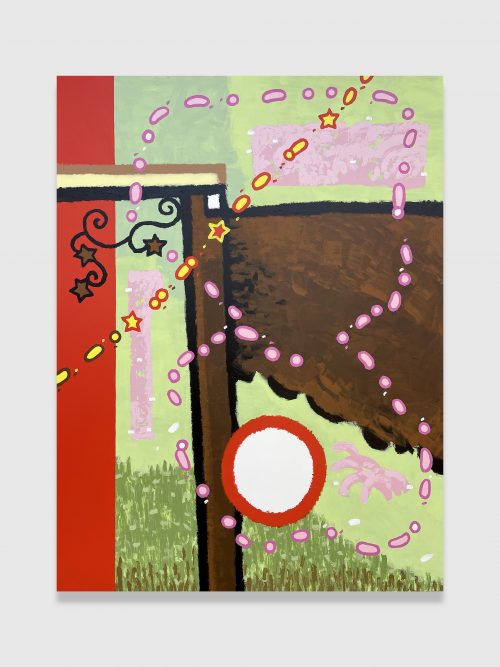
Acrylic on canvas
170 x 220 cm
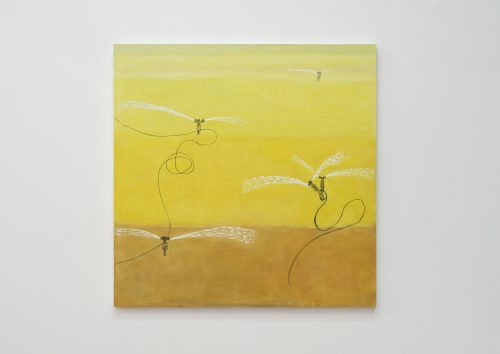
Oil on canvas
120 x 120 cm
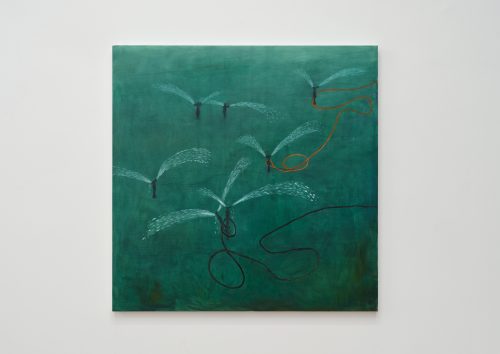
Oil on canvas
120 x 120 cm
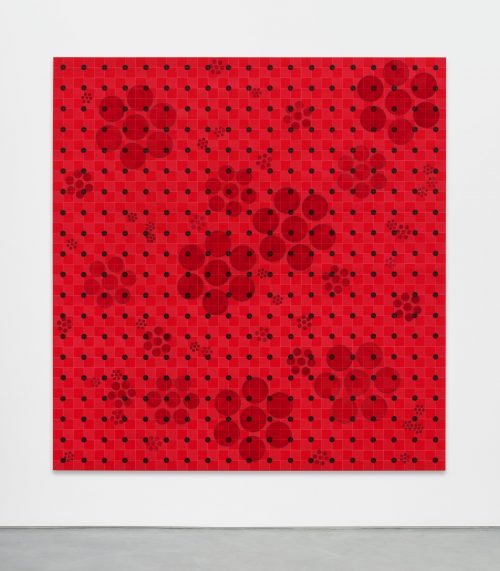
color pencil, acrylic, flash and pigment on canvas over panel
203 x 193 cm
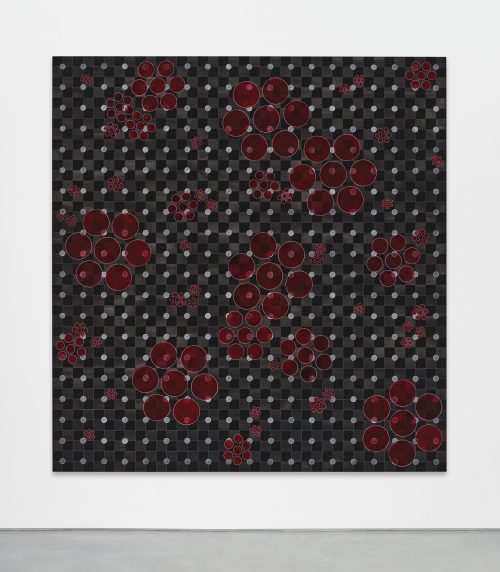
color pencil, acrylic, flash and pigment on canvas over panel
203 x 193 cm

Acrylic and varnish on gessoed linen mounted on HDF, painted beech, brass hinge
Open: 140 x 200 x 2 cm
Each of the four panels: 140 x 50 x 2 cm
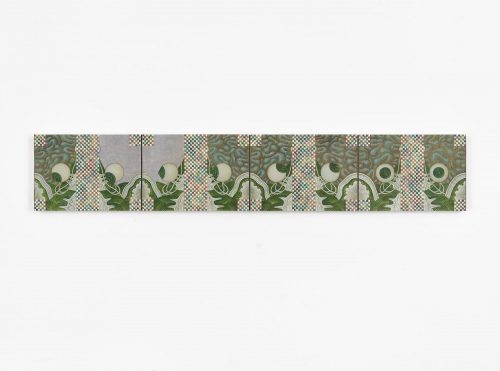
Acrylic, varnish and glass bead on UV print on gessoed MDF, stainless steel hinge and component
20 x 112 x 1.8 cm

Epoxy resin, print on fabric, found objects
110 x 60 x 3 cm
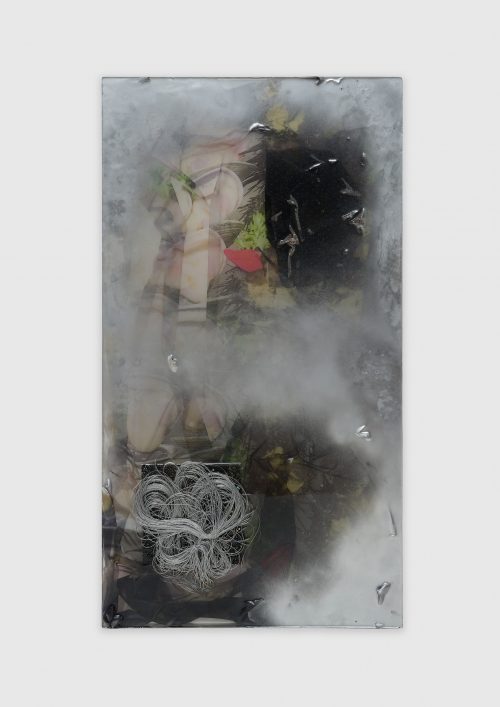
Resin, fabric, electric cables
110 x 60 x 5 cm
Bamboo-Missing-You.-Female,2025,亚麻布面油画-Oil-color-on-linen-120-x-150-cm-1-500x354.jpg)
Oil color on Linen
120 x 150 cm
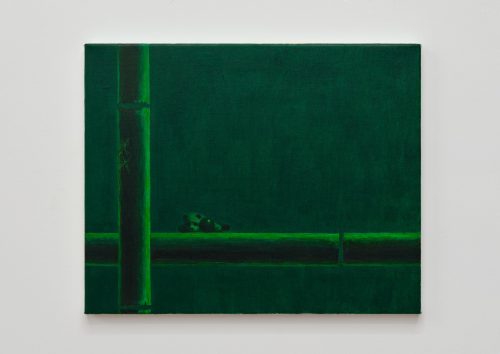
Oil color on Linen
40 x 50 cm
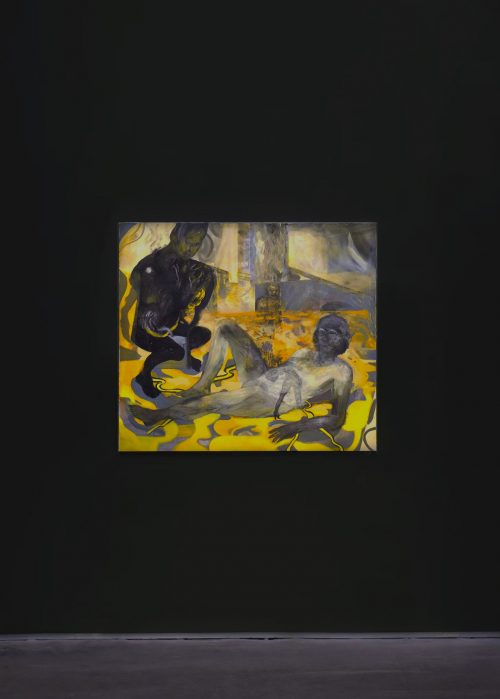
Oil on canvas
160 x 180 x 3.5 cm
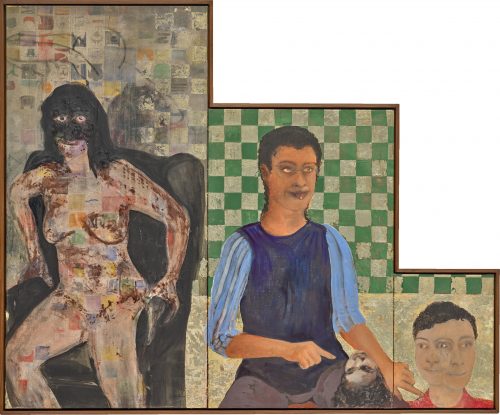
Oil on linen
120 x 145 cm

Oil on canvas
177.8 X 142.9 cm

six channel HD video, color, sound
768 x 576,4:3
video 1: 4’10”
video 2: 3’22”
video 3: 4’31”
video 4: 3’38”
video 5: 2’34”
video 6: 4’01”
Please scan the QR code to follow us on WeChat :天线空间ANTENNASPACE
